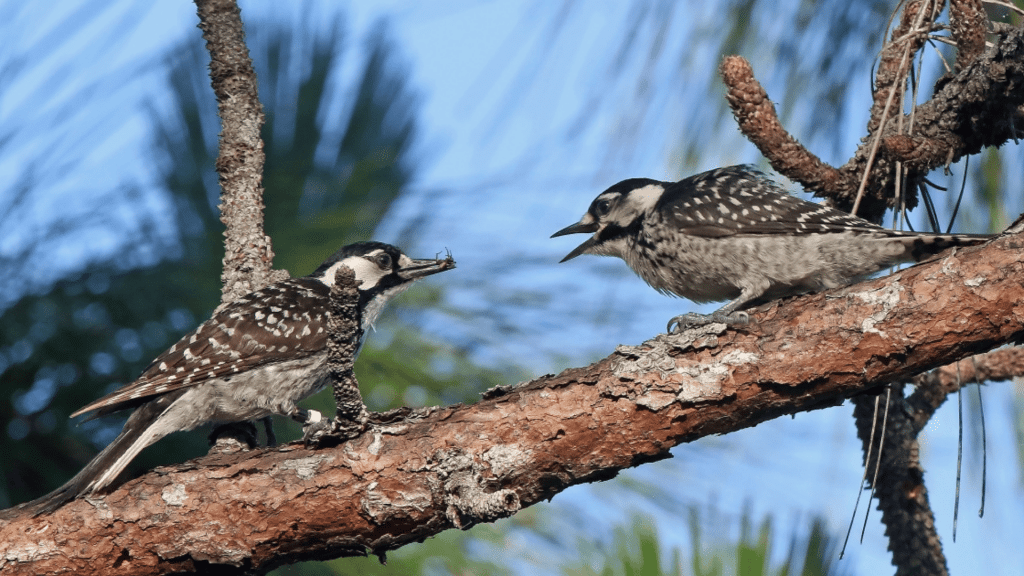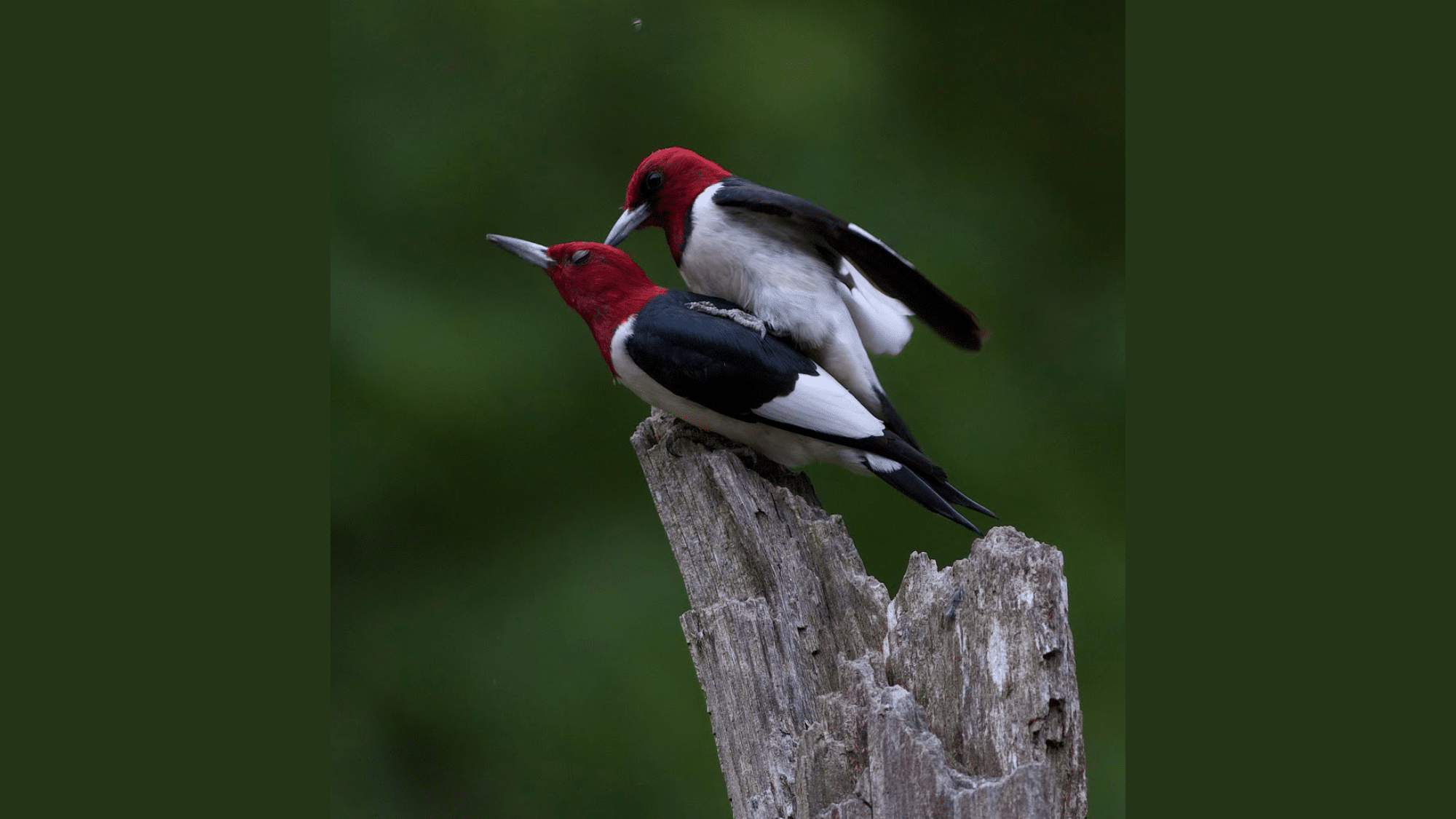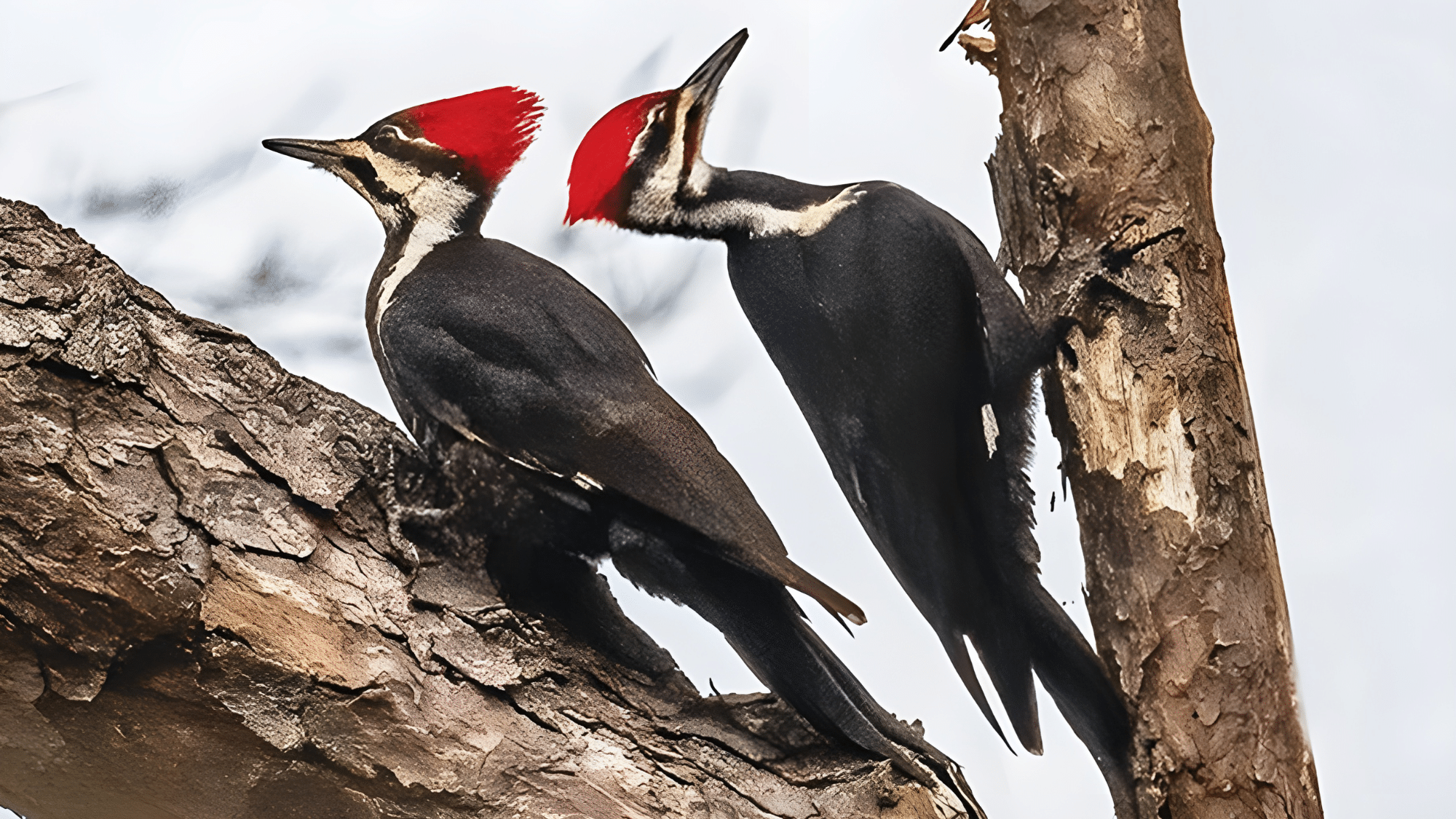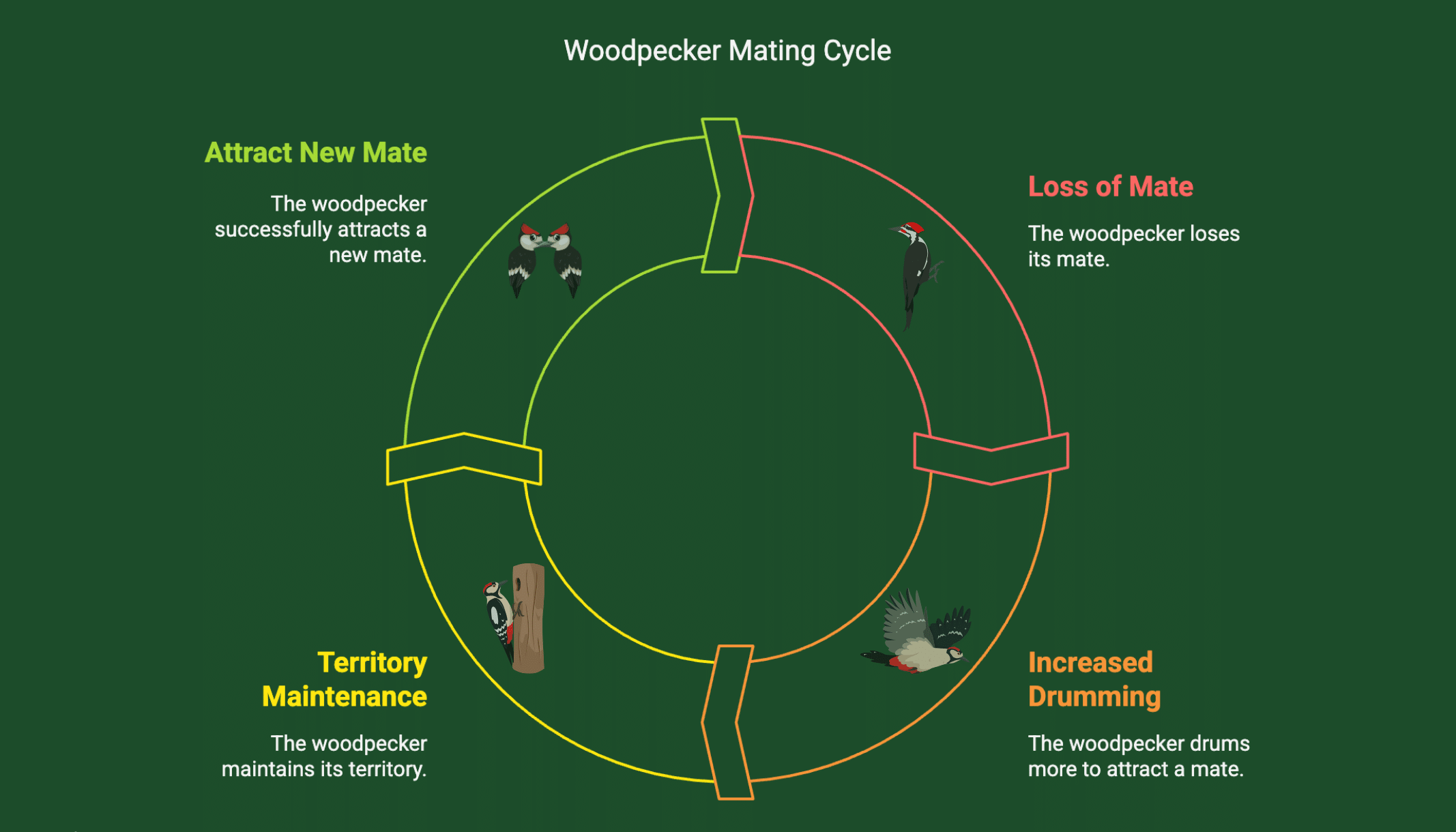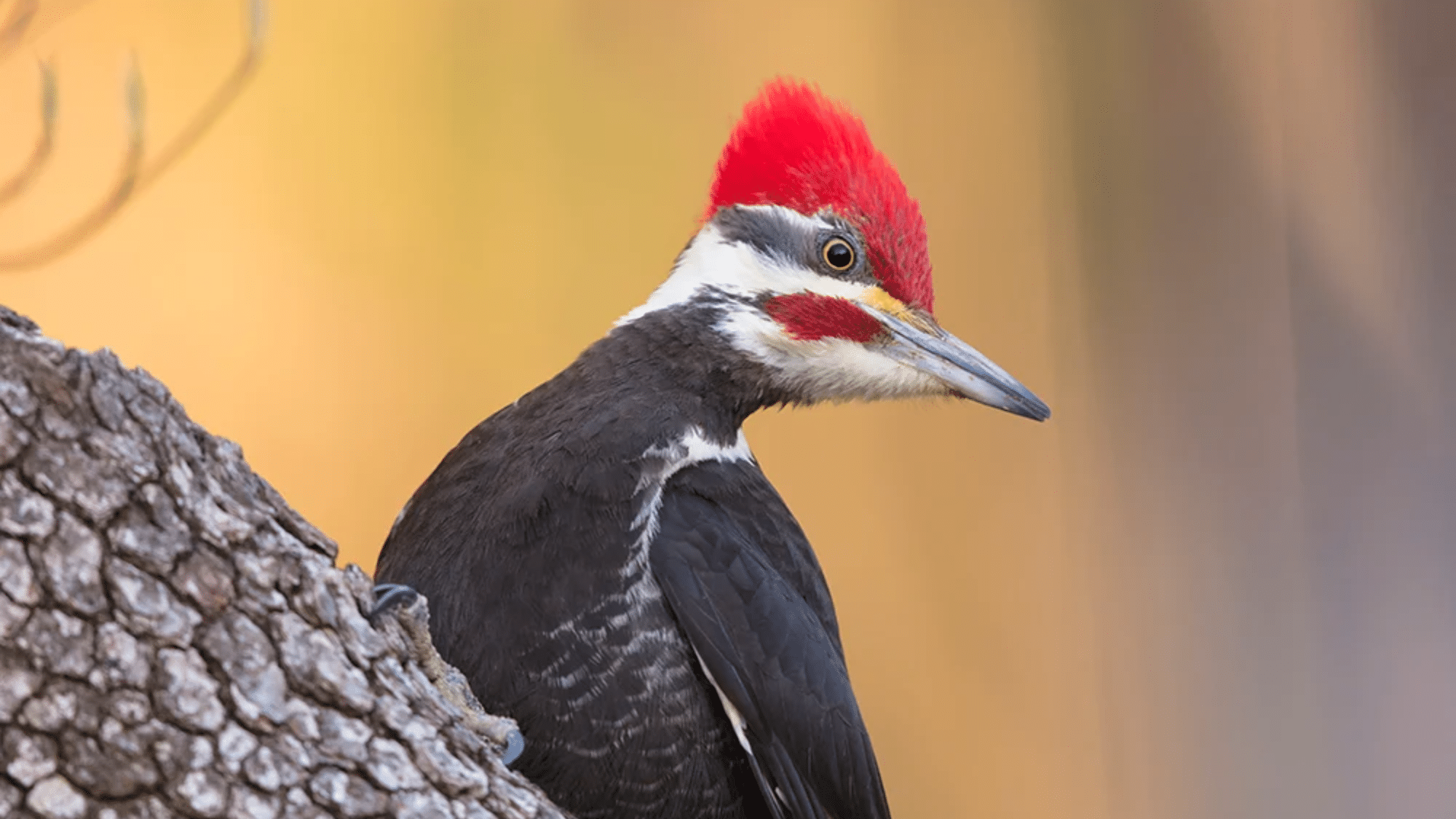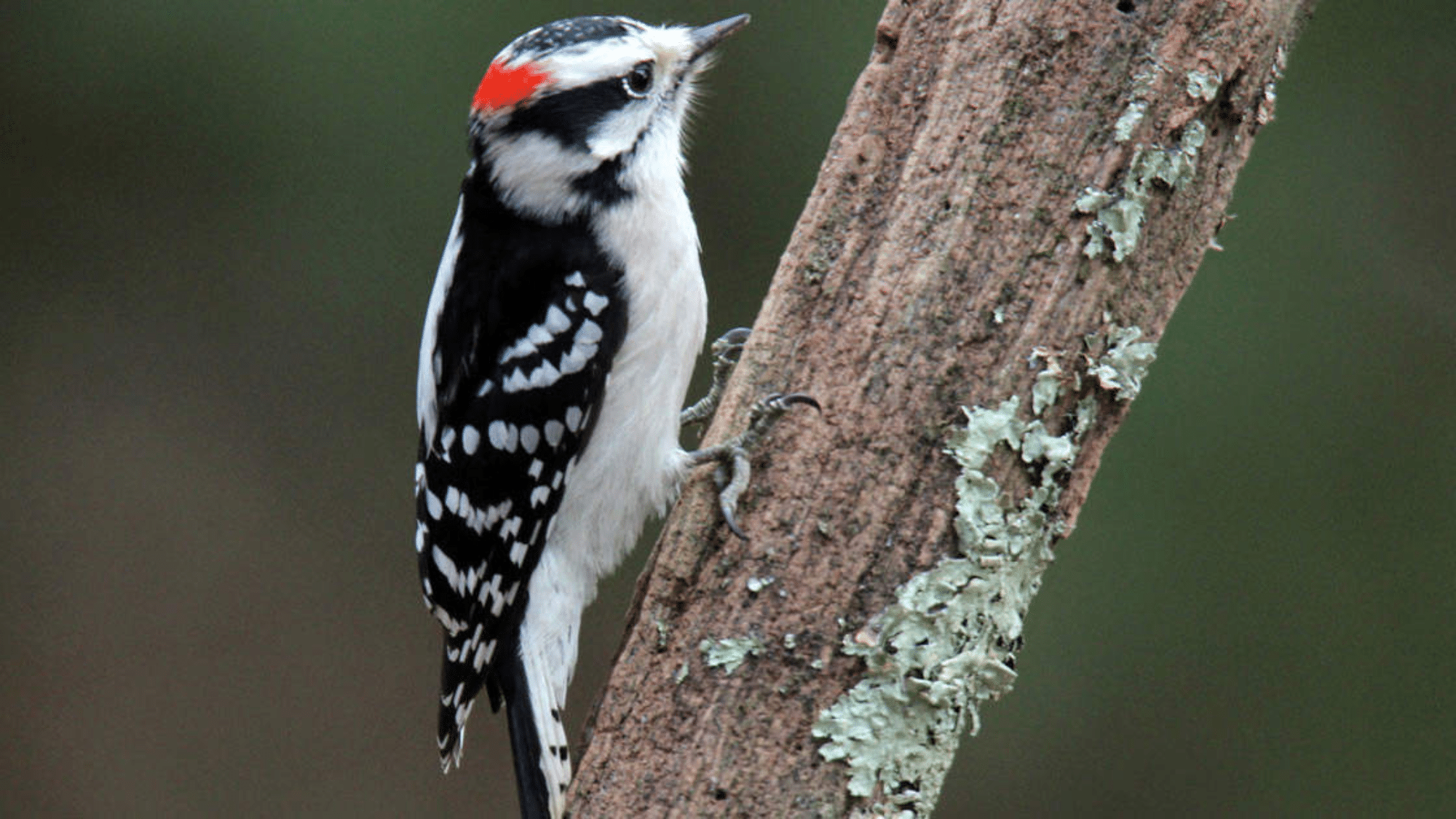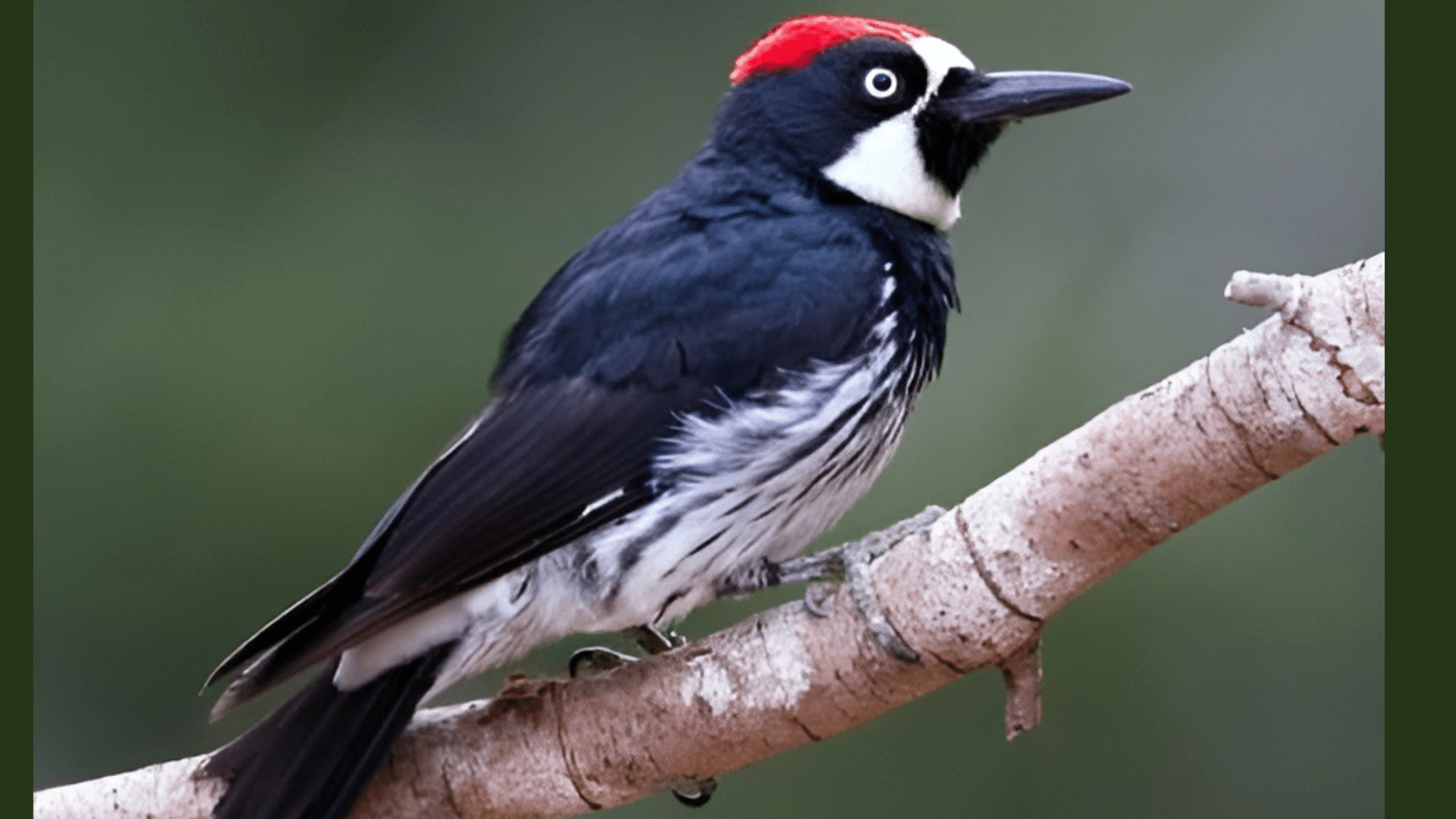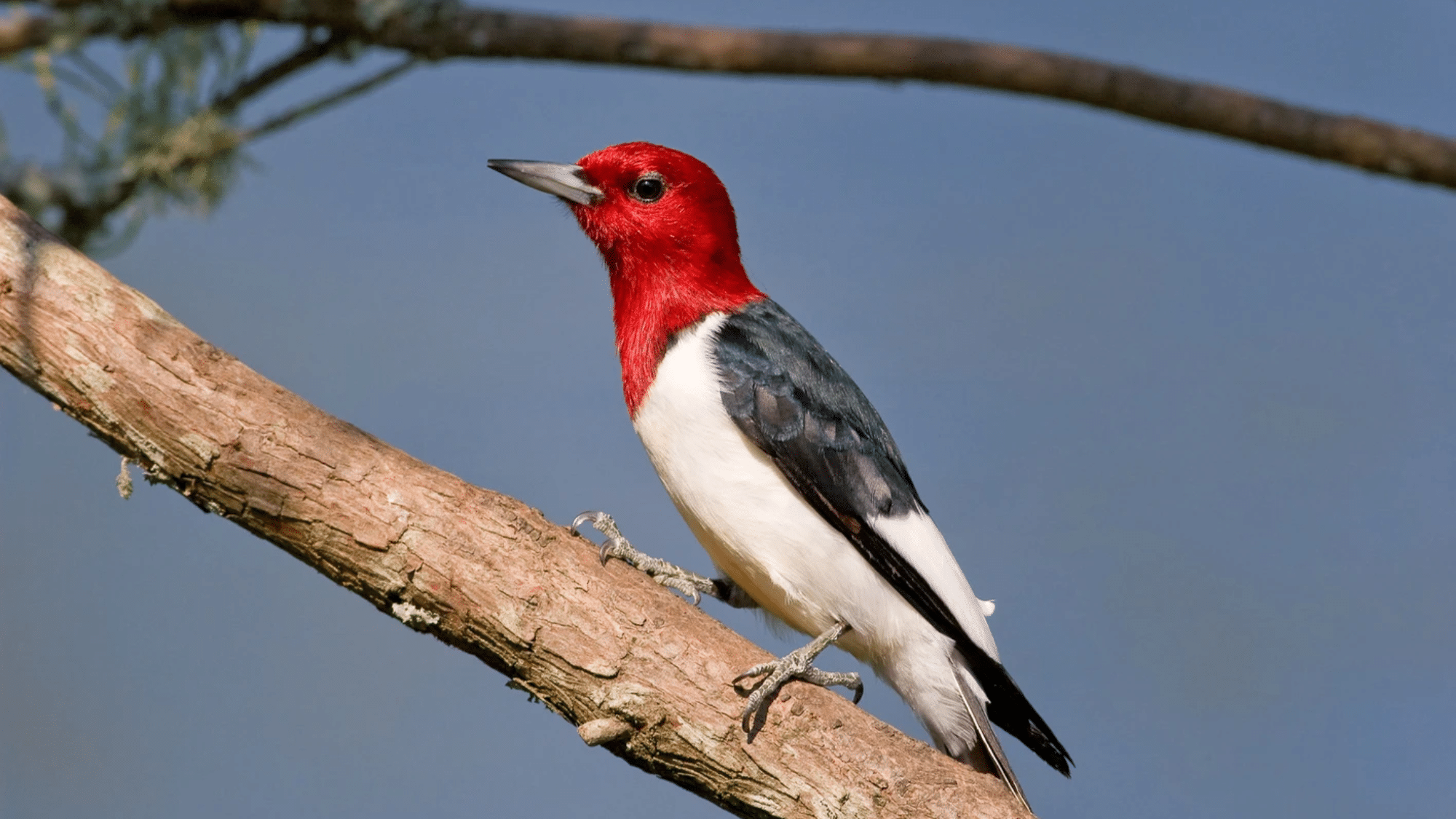Have you ever seen two woodpeckers tap-tap-tapping in perfect sync and wondered, “Is this the bird version of a long-term relationship?”
That rhythmic drumming might just be nature’s most unique courtship ritual.
While some humans struggle with commitment, woodpeckers have developed their own complex dating rules; some species mate for life, others are seasonal flings, and a few are downright promiscuous.
Ready to check out whether woodpeckers are hopeless romantics or just playing the field?
Woodpecker Mating Patterns
When it comes to love, woodpeckers don’t follow a one-size-fits-all approach: their relationship styles are as varied as their drumming rhythms.
From devoted pairs that stick together for decades to free-spirited species that change partners with the seasons, these birds have mastered every form of romance in the avian playbook.
Variation Among Different Species
Woodpecker species show significant differences in their mating behaviours. These variations are connected to their habitat preferences, food availability, and evolutionary history.
- Some woodpecker species form bonds that last for multiple seasons, while others find new mates each year.
- Northern Flickers typically pair with different partners each breeding season.
- Acorn Woodpeckers engage in group breeding, where multiple males and females contribute to raising young.
- Red-headed Woodpeckers are territorial and monogamous during breeding periods.
- Downy Woodpeckers often maintain the same territory year-round with consistent partners.
The mating calls and drumming patterns also differ markedly between species.
For example, Pileated Woodpeckers use loud, echoing calls that travel through forests, while Downy Woodpeckers create softer, more rapid drumming sequences on hollow trees.
How Long Do Woodpecker Pairs Stay Together?
The duration of woodpecker partnerships varies substantially across species and can be affected by environmental factors.
- Many woodpecker species are seasonally monogamous, forming pairs that last for one breeding season.
- Red-bellied Woodpeckers often stay with the same mate for multiple years if both birds return to the same area.
- Factors that affect partnership length include food supply in their territory, nesting site availability, successful reproduction in prior seasons, and winter survival rates.
Research shows that some woodpecker pairs split if they fail to produce offspring, seeking more compatible mates in subsequent seasons.
Overall, pairs with successful broods have higher chances of reuniting the following year.
How Woodpeckers Find Partners?
Woodpeckers have perfected the art of long-distance attraction through powerful drumming that can be heard over a mile away.
These feathered percussionists use a combination of rhythmic beats, acrobatic displays, and strategic cavity excavation to win hearts and claim territories.
Drumming Communication
Woodpeckers communicate through rhythmic tapping on trees. This distinct percussion replaces singing, letting them send messages about mating status, identity, and territory to other forest birds.
The sound patterns vary by species, with each having unique tempos and rhythms. Females listen for strength and consistency, judging male quality through their drumming abilities.
Courtship Behaviors
Once initial contact is established through drumming, woodpeckers engage in more direct interactions to strengthen pair bonds and move toward reproduction.
- Interaction Rituals: Couples engage in bill touching, food sharing, and mutual grooming to test compatibility
- Territorial Displays: Males showcase fitness through wing displays and strategic nesting site guarding
What Happens When a Mate is Lost?
Monogamy in Specific Woodpecker Species
Different woodpecker species exhibit unique monogamous behaviours, ranging from lifelong bonds to seasonal pairings, each adapted to their environment and social structure.
1. Pileated Woodpeckers
Pair Bond Characteristics
Pileated woodpeckers form strong, lasting pairs that stay together for many years, often for life. They maintain connections through calls and drumming throughout their territory.
Year-Round Behavior
These large birds keep the same home range year-round. Both males and females help build nests, care for young, and defend their shared space.
2. Downy Woodpeckers
Mating Habits of North America’s Smallest Woodpecker
Downy woodpeckers typically select one mate. These small birds show commitment to their partners through shared tasks like nest making and feeding offspring.
Family Structure
Males perform most cavity creation work. Females handle more incubation duties. Both parents feed and protect their young until they can look after themselves.
3. Hairy Woodpeckers
Partnership Patterns
Hairy woodpeckers stay with one partner for long periods. They work as teams during nest building, with males doing more construction and females adding finishing touches.
Similarities to Downy Relatives
Like their smaller look-alikes, hairy woodpeckers share childcare tasks. Both species show similar mating systems despite their size differences.
Exceptions to Long-Term Pairing
While some woodpecker species maintain long-term bonds, others, like the acorn and red-headed woodpeckers, display different mating and social behaviours, adapting to their environments.
Acorn Woodpeckers
Different Social Structure
Acorn woodpeckers break the typical pattern with group living. Multiple males may mate with multiple females in shared territories with communal food storage.
Multiple Mating Partners
These birds work in family groups to maintain oak granaries. They show cooperative breeding where grown offspring help parents raise new chicks.
Red-headed Woodpeckers
Partnership Duration
Red-headed woodpeckers often stay with one mate during the breeding season. They may find new partners each spring rather than keeping the same one.
Seasonal Behaviour Changes
In winter, pairs sometimes go their separate ways. They focus more on individual survival when not raising young, gathering food alone instead of as pairs.
The Final Beat
Woodpecker romance proves that love truly comes in all forms, from lifelong devotees to seasonal daters, each species has cracked its own relationship code.
Their drumming isn’t just noise; it’s nature’s original social network, connecting hearts across forest canopies.
The next time that rhythmic tapping echoes through the trees, remember you are witnessing something remarkable: birds who have mastered everything from tender courtship rituals to strategic territory battles.

